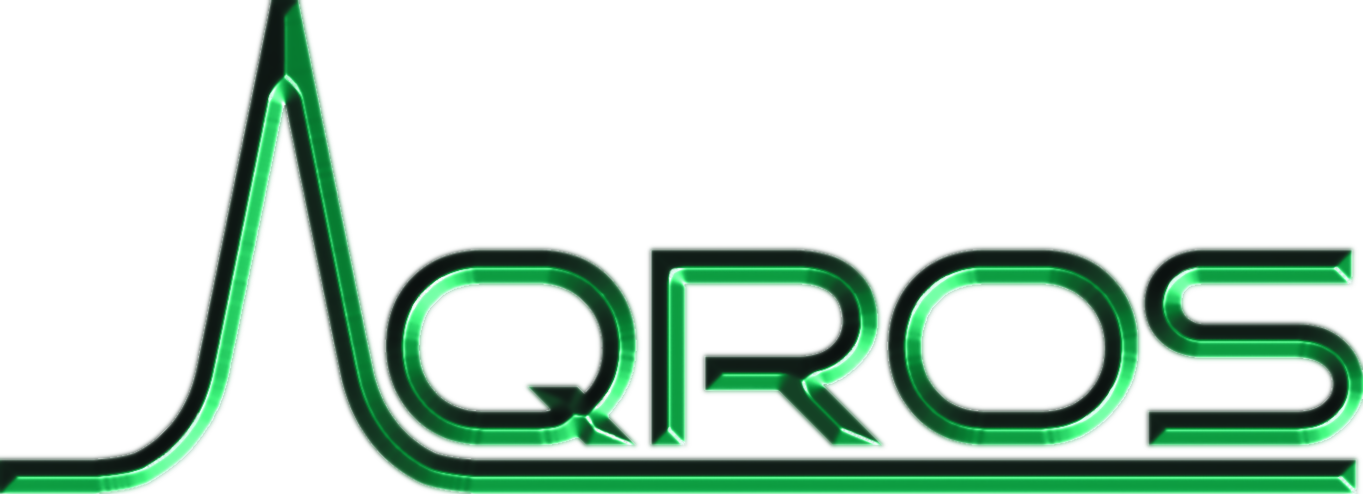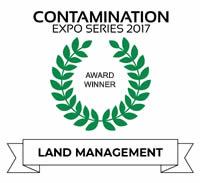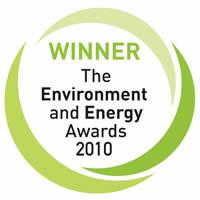
The Home of On Site Analysis since 2005
The award-winning QED from QROS provides Quality Analysis for Coal Tar, Bitumen and Petroleum Hydrocarbons.
Generate Accurate Low Cost Results in Seconds On or Off Site
QROS offers you a one stop shop offering you the complete kit for the best analysis available, as well as providing information and support. We can place at your fingertips the complete package necessary for analysis on 90% of brownfield sites, with accurate low cost results within minutes.
If you need good quality analysis, fast and at low cost, please look around this site or contact QROS and we will be very happy to guide you.

The Home of On Site Analysis since 2005
The New Generation of On Site Analysis: the QED Hydrocarbon Analyser from QROS is the only analyser either in the laboratory or on site that in a single analysis can reliably identify the hydrocarbon and give quantitative data for all the parameters needed to obtain the hazard classification for soils containing oily waste, coal tars or bitumens.
The QED gives you the best quality results for BTEX, GRO, DRO, TPH, sum16 PAH and BaP in a single 2 second test from under £10 per sample. The new coal tar test is even quicker. Encouraged by the UK Environment Agency for regulatory purposes, now recommended by the US Department of Transportation.
Coal Tar results in seconds, here's how:
Own a QED from£439.65 per month*
Read More > >
*Indicative monthly rental, ex VAT, subject to confirmation
Subject to status, guarantees may be required
No deposit, rental fixed for term.
100% tax allowable
Other terms available on request
Contact QROS for details
QROS provides accurate and immediate low cost analysis for highways engineers, contaminated land practitioners, waste management operators and regulatory authorities, in a laboratory or on site. QROS has a variety of techniques that can rapidly and accurately identify and tell you the quantities present of the following contaminants:
A wide range of Hydrocarbons, including coal tars, bitumen, GRO, DRO, BTEX, PAH, TPH, Waste Oils, Fuel Oils (Petrol, Diesel, Jet Fuel etc,) Crude Oils, Lubricating Oils etc. The QED can even distinguish between different types of Jet Fuel.
Poly Aromatic Hydrocarbons (PAHs ): Coal tar and other tars, Creosotes and Combustion of Organic Compounds, Sum of the 16 PAHs, total C10 – C35 Aromatics and Benzo-a-Pyrene
Heavy Metals including Cadmium, Mercury and Chrome
Chlorinated Solvents
Phenols
Ammonia/Ammonium
Cyanide
Sulphate
Chloride
Nitrate
Poly Chlorinated Biphenyl (PCBs)
pH levels

New 2020 Environment Agency Guidelines regarding On Site Analysis

Coal Tar and Hydrocarbon Testing
The New Generation of On Site Analysis: the QED Hydrocarbon Analyser from QROS is the only analyser either in the laboratory or on site that in a single analysis can reliably identify the hydrocarbon and give quantitative data for all the parameters needed to obtain the hazard classification for soils containing oily waste, coal tars or bitumens. The QED gives you the best quality results for BTEX, GRO, DRO, TPH, sum16 PAH and BaP in a single 2 second test from under £10 per sample. The new coal tar test is even quicker. Encouraged by the UK Environment Agency for regulatory purposes, now recommended by the US Department of Transportation
Heavy Metals
On-site heavy metals analysis is accomplished using either X-ray Fluorescence (XRF) or Anodic Stripping Volammetry (ASV.)
XRF
The Olympus Vanta XRF analyser from QROS can detect Lead (Pb), Zinc (Zn), Copper (Cu), Arsenic (As), Mercury (Hg), Cadmium (Cd), Nickel (Ni), Chromium (Cr), Selenium (Se) etc, as well as the lighter elemants such as Chrome, Magnesium and Aluminium. Analysis by XRF is a very rapid technique, typically generating results in 30 seconds. The QROS method takes the average of 3 separate analyses on a sample to obtain a more representative result for the sample. This increases the actual per sample analysis time to approximately 3 minutes, including sample preparation.
ASV
Cadmium. QROS uses a technique called Anodic Stripping Voltammetry for this metal if it is suspected. ASV can easily detect 1mg/kg in soil and as low as 10 microgram/litre in water.
Other Analysis Methods
Chlorinated hydrocarbons (organochlorides) have an extensive range of applications and are frequently found on contaminated sites. Chlorinated hydrocarbons are used predominantly as solvents and have historically been used as industrial degreasers, dry cleaning solvents, anaesthetic agents and as refrigerants. They are colourless, volatile liquids with a moderately sweet aroma and partially soluble in but denser than water. They are the most common DNAPL (Dense Non Aqueous Phase Liquid.).



